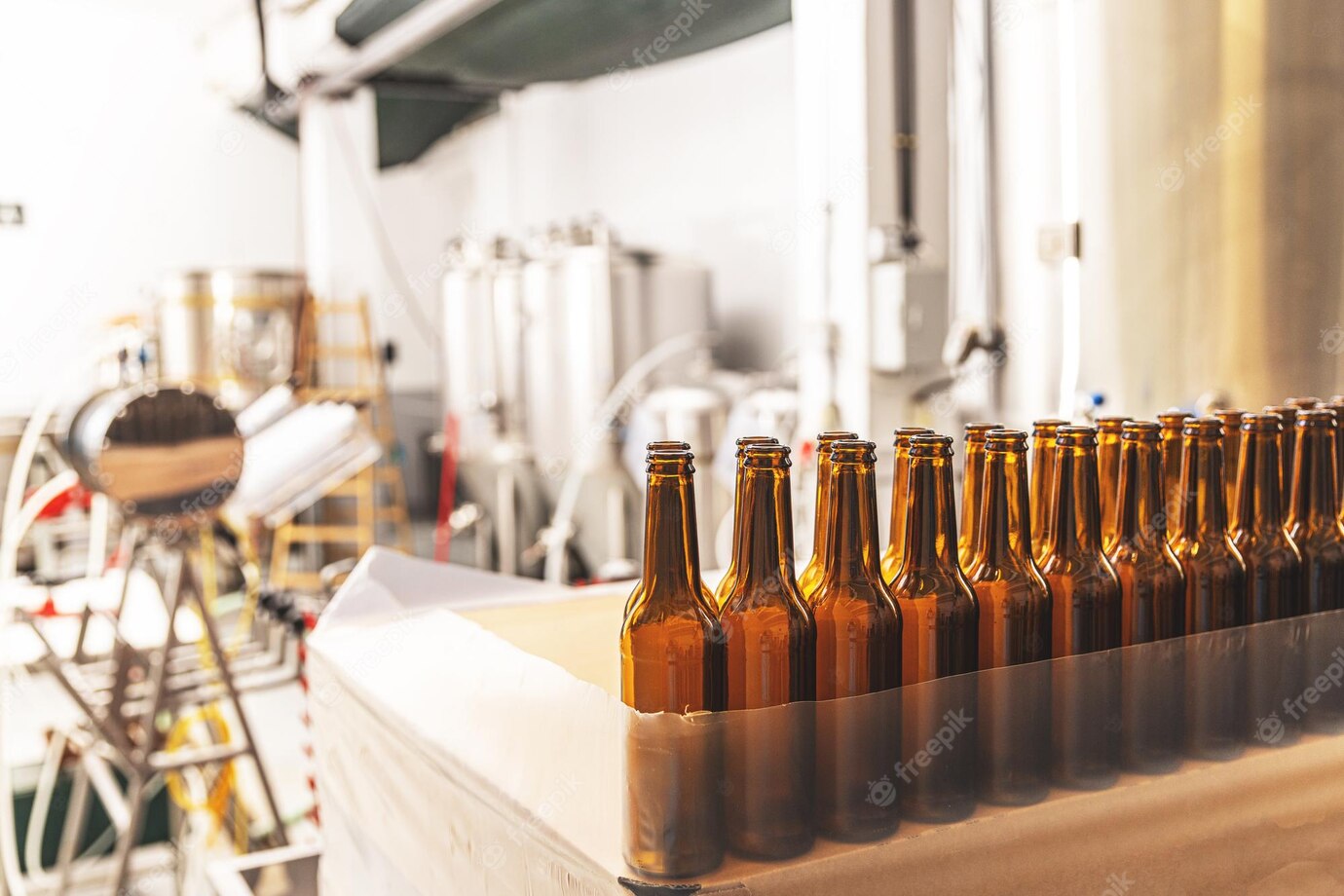Stuck with a home brew? Use these simple troubleshooting tips to quickly get back on track!
Are you a budding home brewer? Have you become frustrated dealing with problems that keep your brews from being perfect? This article will provide insight into troubleshooting your home brew and arming you with knowledge of common problems and solutions. Get ready to take a deep dive into all the intricate details of brewing your own perfect beer.
Introduction
Making your own craft beer can be both a fun and rewarding experience, but it can also be a source of frustration if you experience problems with the brew along the way. This article will provide an overview of some of the common issues you may experience when making your own home brewed beer, as well as provide some practical solutions for troubleshooting them.
Poor Quality Yeast
Using poor quality yeast can have a major impact on the quality of your beer. It is important to use top quality yeast that is specifically designed for home brewing. To check whether the yeast you are using is of good quality, observe how it reacts when it is added to your wort. The yeast should become active within a few minutes and start bubbling up in the wort. If it doesn’t, then it is likely that the yeast is defective or of poor quality.
If you don’t want to go through the hassle of testing your yeast, it’s best to just buy yeast from a reputable source. Look for one that comes in airtight foil packs or packets so you know it is fresh. Also, make sure to read the directions on the package carefully and follow them to the letter to ensure that you are using the correct amount of yeast for your home brew.
Contaminated Beer
Contamination is another common issue when it comes to home brewing, and it is one of the most difficult to troubleshoot. Contamination can come in several forms, including bacteria, wild yeast, and other foreign substances. Contaminated beer can often have an off-putting odor and taste, and it is often cloudy and hazy in appearance.
The best way to avoid contamination is to ensure that all of your equipment is properly sterilized between uses. This includes your carboy, fermenter, and other vessels, as well as your siphon and any other tools that come in contact with your beer. Additionally, keep your workspace clean and avoid contact with any foreign materials that could potentially contaminate your beer.
Oxidation
Oxidation of your beer is another common source of frustration for home brewers. Oxidation occurs when the molecules of oxygen interact with the molecules of beer and start to degrade the flavor and aroma of the beer. Oxidation generally results in an unpleasant, “wet cardboard” taste that is far from desirable.
The best way to avoid oxidation is to limit the amount of oxygen that comes into contact with your beer. Do this by avoiding aeration while making your beer, and by transferring your beer with a small immersion pump or siphon, which will reduce the amount of oxygen that is mixed into your beer. Additionally, always make sure that your carboy, fermenter, and other vessels are properly sealed so that no oxygen can enter them.
Pitching too Little Yeast
When making beer, it is important to use the correct amount of yeast. If you pitch too little yeast, the fermentation process will be slowed down and may not even complete at all, resulting in a beer that has an off-taste and possibly unfermented sugars.
The best way to ensure that you are pitching the correct amount of yeast is to measure it carefully. One of the best ways to do this is to weigh the yeast and use a calculator to determine the pitch rate. You can also use a refractometer to measure the exact yeast pitch rate, and many home brewers prefer this method as it is more accurate.
High Gravity
High gravity can be an issue in home brewing, and is generally caused by not using enough water or using too much sugar or malt. High gravity beers can have an overly intense flavor and lack balance, making them unpleasant to drink. Additionally, they can be difficult to ferment and can fail to reach the desired alcohol content.
The best way to avoid high gravity beer is to measure your ingredients carefully and follow your recipe closely. If you find that your beer is too high in gravity, you can dilute it with more water or add more fermentable sugars, such as honey or table sugar. Brew enhancers such as amylase enzymes can also be used to help break down the sugars and produce more alcohol.
Loss of Carbonation
Loss of carbonation can be one of the most frustrating problems when it comes to home brewing. This is due to the fact that it is often difficult to pinpoint the source of the problem. In order to troubleshoot

